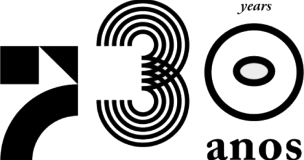INNO3DJOINTS: Innovative 3D joints for robust and economic hybrid tubular construction
The main goal of INNO3DJOINTS is to develop innovative plug-and-play joints for hybrid tubular construction, whereby tubular columns are combined with cold-formed lightweight steel profiles to provide a highly efficient structural system. Moreover, it is intended that the newly developed innovative hybrid plug-and-play joints may be also used in other specific situations such as retrofitting of existing buildings.
For this, the following objectives will be fulfilled:
-Development of a design procedure in the framework of the component method for innovative plug-and-play joints. This is currently not addressed in the structural Eurocodes but consistency with the component method will be kept. This is accomplished by carrying out extensive experimental and numerical studies. These are carried out both at the joint level and at the component level;
-Codifying the design procedures for cold-formed connections (EN 1993-1-3) in a completely consistent format in accordance with the component method and EN 1993-1-8 – which is also currently not achieved;
-Characterization of particular aspects of joints involving cold-formed tubular sections, namely the influence of manufacturing procedures in the behaviour of the profile, the influence of the welded region on the welding of the plug-and-play connection and also the influence of the level of cold working in the corner regions of the cross-section (during the forming process, corner cracking may occur for tight radius corner) on the welding of the plug-and-play connection;
-Implementation of a general procedure for analysis of the 3D behaviour of these particular steel joints, essential for due consideration of structural robustness. A generalized finite element that includes all the studied components of the design model for joints with 3D behaviour is developed and further implemented in a software tool – firstly for analysis of the connection itself and secondly for the overall structural building analysis. Although this aspect may be further extendable to other types of cross sections and fabrication procedures, in this project focus is only given to the hybrid connections;
Finally, the project aims to demonstrate the suitability of the hybrid system including the innovative joints for low to medium-rise buildings under normal and accidental actions (fire and seismic) through representative case studies, using the developed methodologies.





